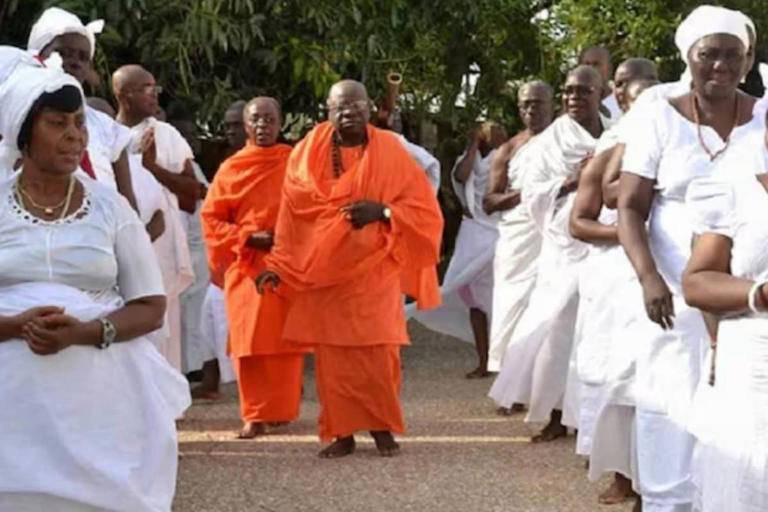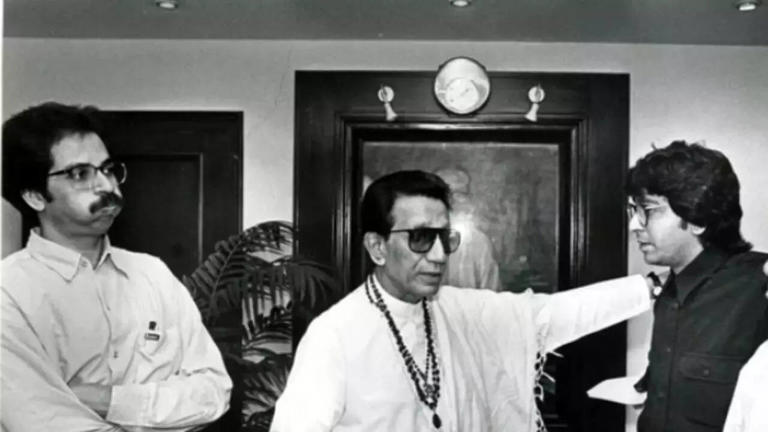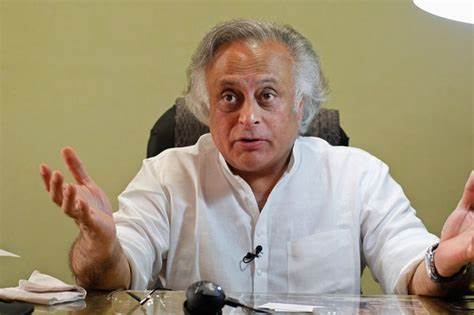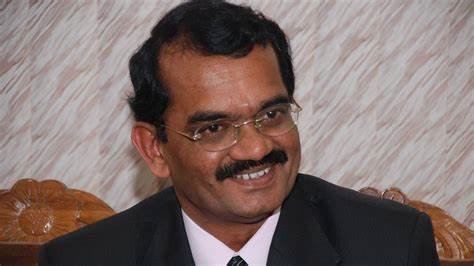How Kwesi Essel’s Transformation into Swami Ghanananda Sparked a Hindu Revival Across Ghana and Beyond
In a world divided by race, religion, and culture, the story of Swami Ghanananda Saraswati stands as a powerful example of universal spirituality. Born as Kwesi Essel in 1937 in Senya Beraku, Ghana, this African-born spiritual seeker would go on to become the first Hindu swami of African descent, transforming not only his own life but also the spiritual landscape of West Africa.
Know About Swami Ghananand Saraswati, An Ethnic African Who Established Hindu Monastery Of Africa https://t.co/ObBSaBYqCu via @swarajyamag
— Subhash Kak ☀️ (@subhash_kak) May 31, 2019
Raised in a Christian family after his parents’ conversion from indigenous beliefs, young Essel was deeply inquisitive about life’s purpose from an early age. He read various religious texts—Bible, Quran, and African traditions—but found himself drawn most profoundly to the teachings of Hindu philosophy. This curiosity led him to India, where he immersed himself in the profound scriptures and disciplines of Sanatana Dharma.
His journey culminated in 1975, when he was formally initiated as Swami Ghanananda Saraswati by Swami Krishnananda of Rishikesh. With this, he became a rare spiritual bridge between India and Africa, and the face of Hinduism’s indigenous rise in Ghana.
From 1962’s Divine Mystic Path Society to Africa’s First Hindu Monastery
Swami Ghanananda didn’t just adopt a new faith—he planted its roots in African soil. Long before his formal initiation, he had already begun sowing the seeds of Hinduism in Ghana. On November 24, 1962, he founded the Divine Mystic Path Society in Accra, establishing correspondence with India’s Divine Life Society to study and share Hindu philosophy with his community.
After becoming a swami, he took an even bigger leap by establishing the Hindu Monastery of Africa in Odorkor, Greater Accra in 1975. This became the first indigenous Hindu monastery on the continent, run entirely by Africans and for Africans. Under his leadership, five more Hindu temples were built across Ghana, with another branch monastery opening in Togo—spreading dharmic knowledge across West Africa.
What made Swami Ghanananda’s mission unique was his inclusive approach. He emphasized the universal truth found in all religions and placed even a photo of Jesus Christ among Hindu deities inside the monastery. This act of interfaith harmony made the temple a symbol of peace and unity in a multi-religious society.
Ghanananda’s Legacy: Igniting Hinduism’s Growth and Interfaith Harmony Across Ghana
By the time of his passing on January 18, 2016, Swami Ghanananda had already ignited a quiet spiritual revolution. Under his guidance, Hinduism became one of Ghana’s fastest-growing religions, with an estimated 30,000 adherents (around 0.1% of the population) by 2021. His life inspired not only Ghanaians but also many in the global Hindu community to see Sanatana Dharma as a universal path, not limited by ethnicity or geography.
Today, his legacy lives on through the Hindu Monastery of Africa and the countless lives he touched with his message of discipline, devotion, and self-realization. He remains a shining example of how spirituality transcends borders, and how Hinduism found an African voice in the form of Swami Ghanananda Saraswati.





















